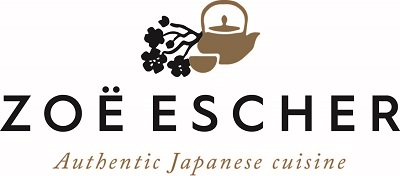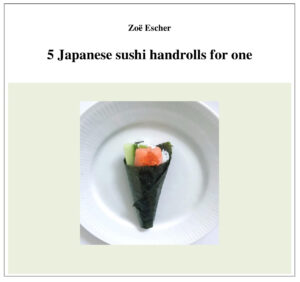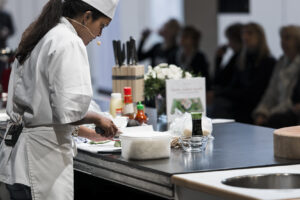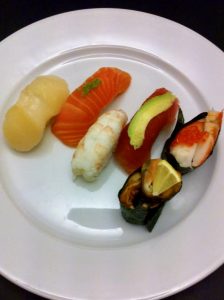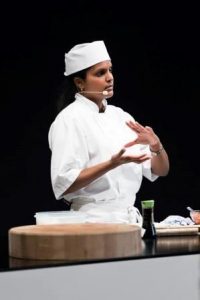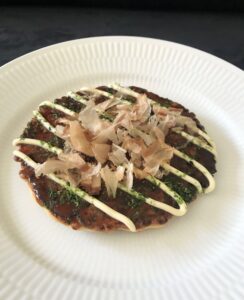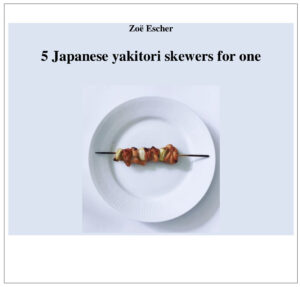Teriyaki sauce is a popular Japanese sauce that is used for many different dishes in Japanese cuisine.
The sauce is known for its sweet and salty taste with its characteristic shine, which is achieved during cooking. It is often used to add a unique flavor to dishes with meat or fish.
The sauce is popular all over the world and is enjoyed in various contexts.
There is a big difference in the quality and taste of teriyaki sauce. The best quality and taste is obtained by making the sauce. It is not enough to make the sauce from scratch, it is just as important to use the Japanese ingredients that are suitable to making teriyaki sauce in order to create the perfect balance between sweet and salty.
In the Traditional Japanese cooking cladd for Beginners, you will learn step by step how to make this delicious sauce with the world’s best salmon.
Read more about Traditional Japanese cooking course for beginners and the tasty Japanese dishes we are making.
_
Zoë has held sushi courses and cooking classes for A. P. Moller – Maersk, Hugo Boss Nordic, Novo Nordisk, Novartis, Velux, Gorrissen Federspiel, Beierholm revision, Elbek & Vejrup and many more.
